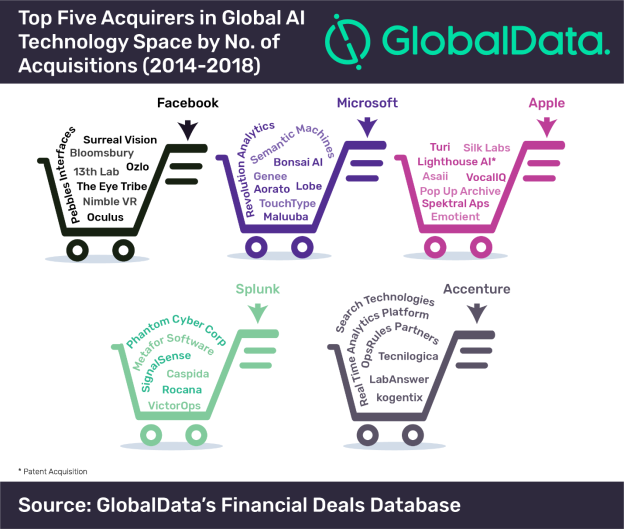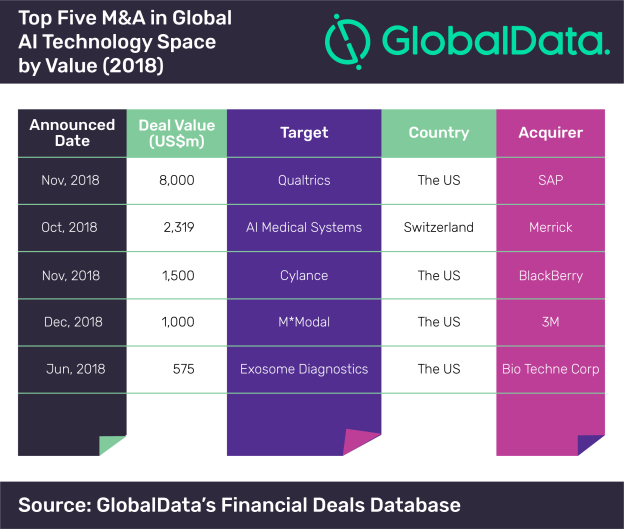Most of us have found that we need to have at least some basic understanding of MS Office Suite to cope in the real world. Microsoft Office tools have countless applications to assist in our everyday activities.
These Office tools help to streamline our professional and personal lives. Proficiency in Microsoft Office Suite, however, is not a must-have skill in many professions. For instance, a college professor or accountant needs a higher MS Office proficiency than an actor or bus driver.
In learning institutions, students are introduced to MS Office tools as early as third grade and must meet a basic level of MS Office Suite proficiency before graduation from high school.
And in the same way, these students will have used PowerPoint for their college presentations, they will then use this program for their boardroom presentations. Their career paths will influence their decision on whether they choose to upgrade their Office Suite skills.
If you’re eyeing managerial, accounting or other professional career paths, proficiency in Microsoft Office Suite can be an asset to your professional resume. Be sure to indicate your Excel, Word, Publisher, and PowerPoint capabilities when applying for these types of positions.
Your cover letter can present an opportunity to highlight your MS Office Suite skills too. Make sure to mention how well you understand the tool and how you’ve previously made good use of it. For example, if you’re applying for a data entry and analysis gig, mention how you’ve used MS Excel to sort or analyze big data.
And employees with well-rounded MS Office skills often get paid more than their counterparts!
From storekeeper to CEO, every employee will benefit when familiar with MS Word and Excel sheets, if not additional MS Office productivity tools. The data derived is essential in everyday business functions from the monitoring of staff productivity to enabling remote workers to collaborate.
Proficiency in MS Office Suite facilitates basic supply chain operations such as transportation, inventory management, warehousing, and even payroll management. These skills also allow supply chain executives to become better planners and negotiators.
Using Cloud computing technology, and with MS Outlook know-how, these experts can seamlessly collaborate with remote teams. MS Excel in particular, will give you an edge for efficient management and coordination of logistics for your organization.
Read on to learn the exact MS office skills you’re required to own to earn the title of being “Proficient in MS Office.” This post will enlighten you on how to upgrade your MS Office skills and, in the process, make yourself more marketable.
Proficiency Levels in MS Office
Proficiency in Microsoft skills means that you are adept at making powerful presentations, organizing information, and data handling. These MS skills enhance teamwork in an organization and improve the overall workplace productivity.
There are five main levels of mastery in Microsoft Office Suite: fundamental, basic, proficient, intermediate, and finally, the advanced level. The following is a listing of required skills needed in order to claim true proficiency in MS Word, Excel, PowerPoint, Outlook, Access, QuickBooks, and Email processing:
MS Office Suite Proficiency
MS Word
People with MS Word know-how are skilled in creating spreadsheets, Pivot Tables, data analysis, validating data, creating documents, creating slideshows, and embedding videos and images. Unless you have a solid grasp of the MS Office tools, don’t claim to be Office proficient. You don’t want to come up short later on when it matters.
MS Excel
To become MS Excel proficient, you need to be conversant with text formatting, SmartArt, spellcheck, page setup, textboxes, grammar check, title and ribbon bar, editing, quick access. Excel gurus have data validation skills and are versed in IF statements, macros, automatization (VBA), charts, Pivot Tables, formulas, data linking, workbooks, and spreadsheets.
MS Powerpoint
To become a skilled PowerPoint expert, you need to know how to do animations, manuscripts, charts and graphs, presentations troubleshooting, custom slides, and presentation design.
MS Outlook
Microsoft Outlook or MS Outlook plays an important role in fostering employee communication. Employees and organizations often rely on MS Outlook for email management for both their inter-office communication as well as with contacts outside the company. To be considered proficient in this particular Office documentation utility, you’ll need to be fully conversant with skills such as:
-Email settings configurations
-Auto replies and Email filtering
-Creating, planning and assigning tasks
-Scheduling meetings via emails
-Sharing workplace calendars
Other Office Skills
In addition to those MS Office skills, you should know how to write documents, collaborate with others, and share documents.
Other MS Office Suite productivity tools you need to know include:
Microsoft Access
Candidates with advanced MS Access capabilities are always in huge demand. MS Access allows seamless data organization and manipulation.
QuickBooks
A mastery of QuickBooks improves your likelihood of scoring accounting-related gigs. Include QuickBooks as a skill if you’re applying for an opening that involves payroll, accounting, reporting, and invoicing functions. These skills ensure your resume stands out and increase your odds of getting hired.
Everyone is expected to know how to access, compose, and reply to work emails. Emails enhance collaboration, and they improve staff productivity. Go for the various certifications in MS Outlook to get the upper hand with future employers.
Improving Your MS Office Skills
Enhance your marketability by continually refining your MS Office Suite skills. Keep on learning to improve your grasp of the productivity tools provided by MS Office. Take full advantage of the MS Office Suite introductory, intermediate, and expert courses to improve your resumes.
Getting Microsoft Office training can help you become productive at work, giving you the confidence to tackle problems and new opportunities when using the platform. To top it off, you may be able to boost your earning potential, thanks to the certification you receive.
In Conclusion
Possessing basic know-how of Microsoft Office Suite is a must for students, tutors, and professionals. Nowadays, it’s impossible to function without productivity tools that help you to run your business, promote your brand, or manage your personal affairs.
MS Office will continue to be a highly sought-after office productivity skill set for many years. Attaining proficiency in MS Office is a long-term quest; your skills will only improve with repeated practice.
If you choose to mention particular MS Office skills, ensure you include only those that apply to your future position. Prove your mastery of these MS Office skills by demonstrating how you’ll apply your MS Office capabilities in your everyday tasks. Always remember to be truthful about your proficiency levels as you never know when you’ll be tested.
Keep your MS Office skills relevant to the marketplace by continually upgrading; boosting your hiring chances or opportunities for promotion. Therefore, it’s safe to say that proficiency in MS Office is still a marketable skill now and in the foreseeable future.











